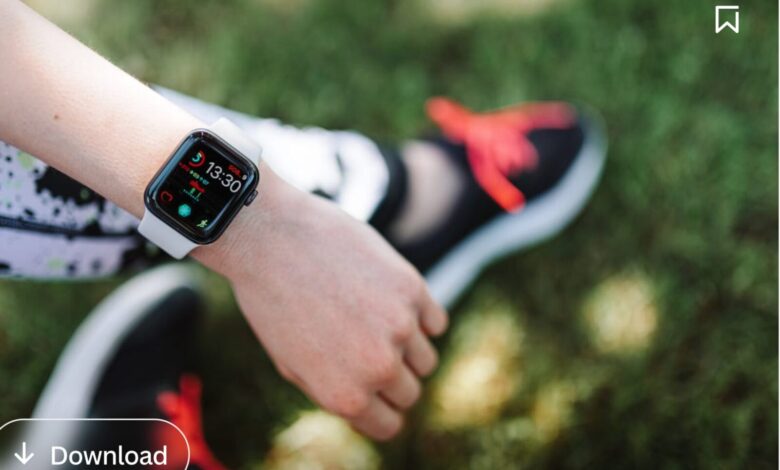DAILY STEP COUNT REPLACES PAIN AS 5TH VITAL SIGN

For a number of years, pain was designated as “the fifth vital sign.” Unlike the other four vital signs, temperature, pulse, respirations, and blood pressure (TPR/BP), pain was not measured objectively. In other words, temperature, for example, is measured by a device that gives the caregiver a specific number. That number is exact and reproducible. Pain, then is expressed subjectively by the patient himself and is measured only by/through the mind of the patient. A temperature of 101°is the same for everybody. But for pain, what may be a “9” out of 10 for one person, may be “7” for someone else. It’s in the mind of the beholder.
The popularity of wearable devices that count an individual’s steps has led clinicians and sports medicine specialists to look seriously into recommending these devices as an objective measure of fitness and physical activity, the 5th vital sign. These pedometric instruments give patients and doctors a precise picture of the exercise level/fitness of the patient. They assess spinal cord function, lower extremity nerve and muscle function, bones, joints, ligaments, and tendons, balance, gait, and station, and cardiac and peripheral artery capacities. So, as the fifth vital sign, steps are very sensitive at telling if anything is wrong.
A negative aspect of step counting is that motivation is a big part of its credibility. Mood, stamina, fitness, and attitude all affect step counts. For a pedometer to be of any help, the patient has to get up and move around, and normal step ranges must be determined from representative numbers of patients.
I think using step counting as the fifth vital sign is a good idea for the ambulatory patient. It gives a good picture of an individual’s fitness. It’s easy to do with the numerous devices available commercially and can be used daily to give an instant view of the patients ongoing physical state. It makes practical sense, too; far more so than a pain scale of 1-10.
Step counting is of no value, however, in an immobile, bed fast, dependent patient. Unless there is another device useable on an immobile patient, another parameter would be more practical. But for the majority of us, “daily step counts offer great sensitivity and are an easily accessible marker.” But rather than giving us information on a person’s fitness, step counting may actually give us a glimpse into a patient’s psyche’ and level of ambition and motivation.
Reference: Lundberg G. Daily Step Count Should be Fifth Vital sign Medscape 2025 October 14.




